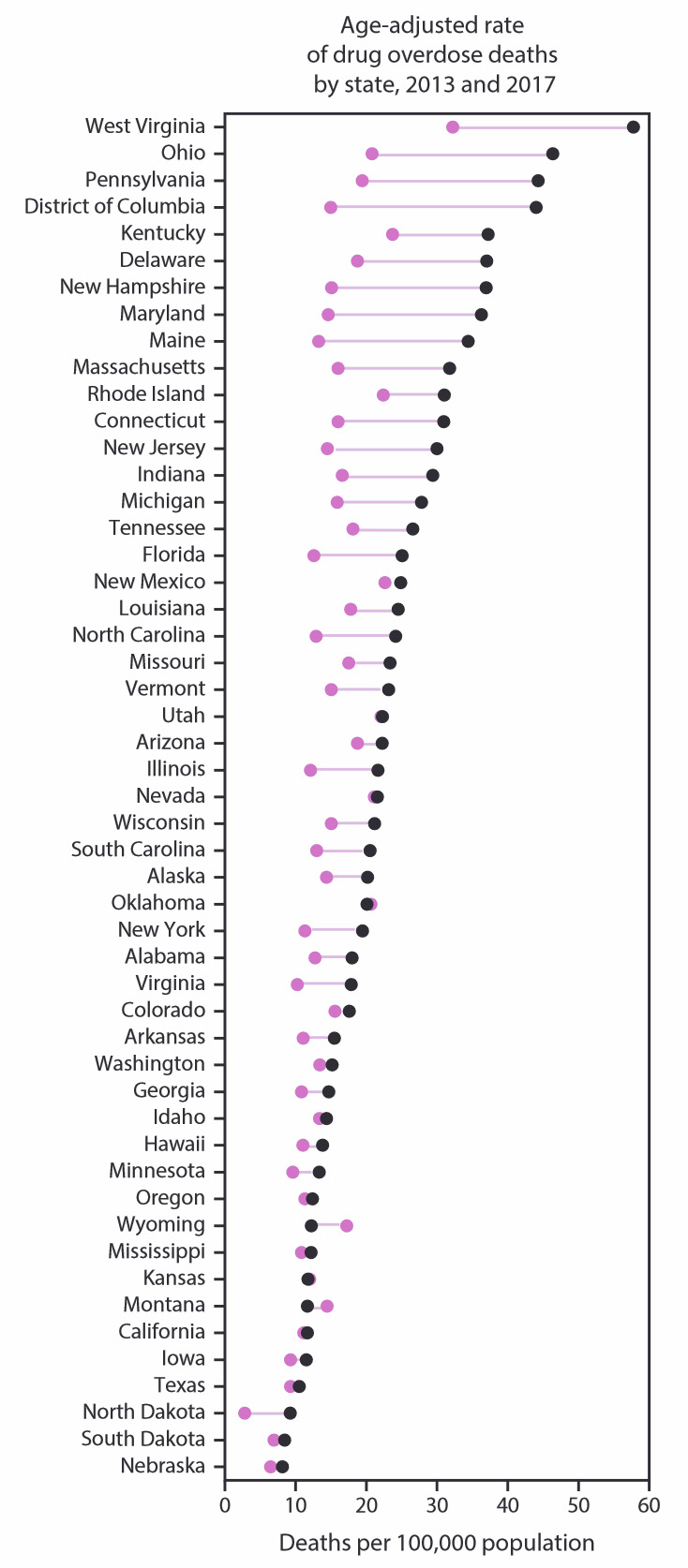Dr. Vanda Felbab-Brown’s interview in the current Journal of International Affairs makes the important point that transactional crimes (e.g., drug trafficking) have no inherent association with violence. The Mexican drug gangs are violent, their fellows in the Japanese Yakuza are not, for example. Even the same trafficking organization acts differently depending on the law enforcement and civil society surround:
You want to have the kind of traffickers that you have in the United States. Often these are the same groups that operate in Mexico, but when they are arrested, they do not react by shooting at the policemen; they react instead by extending their hands to allow for the handcuffs to be placed on them, because they understand the consequences of being a major challenge to the state of law enforcement, and that it is not tolerated.
Greater law enforcement capacity thus clearly reduces violence by criminals, as does reduced access to weapons. An intriguing third factor noted by Felbab-Brown concerns whether the criminal organisation is made up of younger, less experienced criminals or old hands:
In the late 1990s, Hong Kong and Macau were trying hard to hide the major escalation of violence between the Chinese tong and the triads. The reaction by the police chief in Macau was somewhat humorous and absurd, but at the same time not completely so. In an effort to assure people, especially tourists coming to Macau, that they did not need to be afraid of all the gang violence, he claimed that Macau had “professional killers who don’t miss their targets,” and who never kill innocent bystanders. In Mexico today, you have very much the opposite, such as a boy being hired to kill ten people in the hope of getting among them the intended victim. This is very different from when someone pays $400,000, for example, to hire a professional hit man to kill one person. It is a very different market that has a lot to do with internal management and the agent capacity of the criminal manager, as well as the capacity of the law enforcement.
This recalls an observation made by Debbie Reynolds regarding why she always felt safe doing shows in mob-controlled Las Vegas “No one got killed who wasn’t supposed to”.

